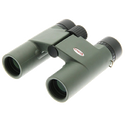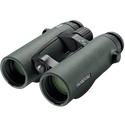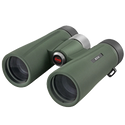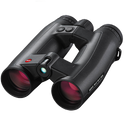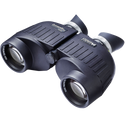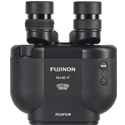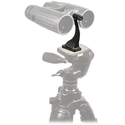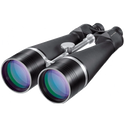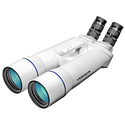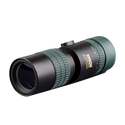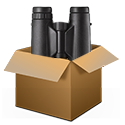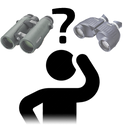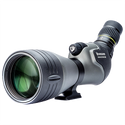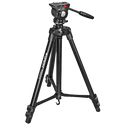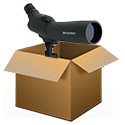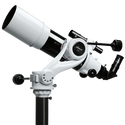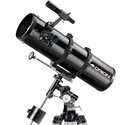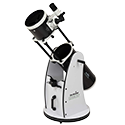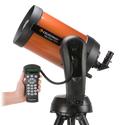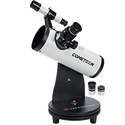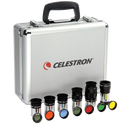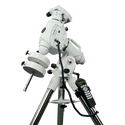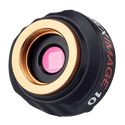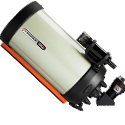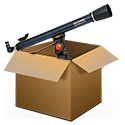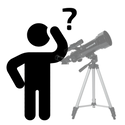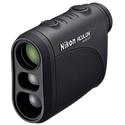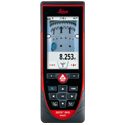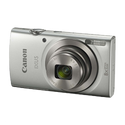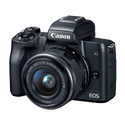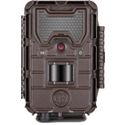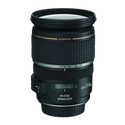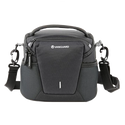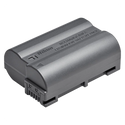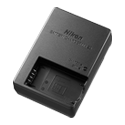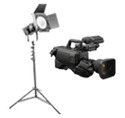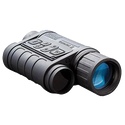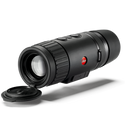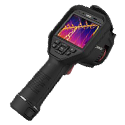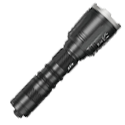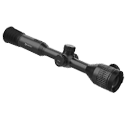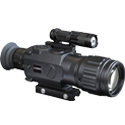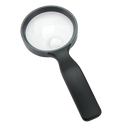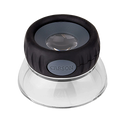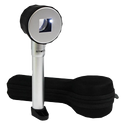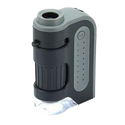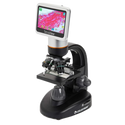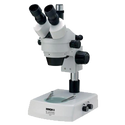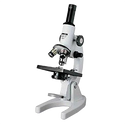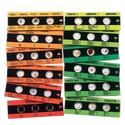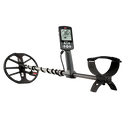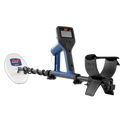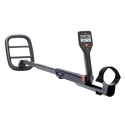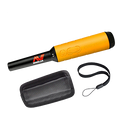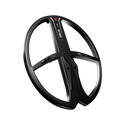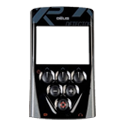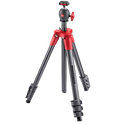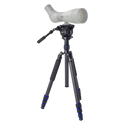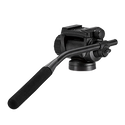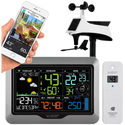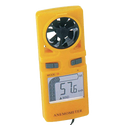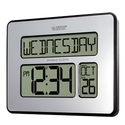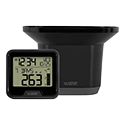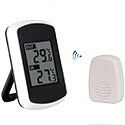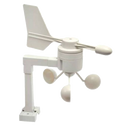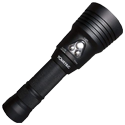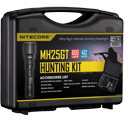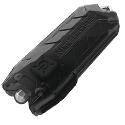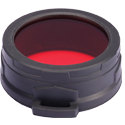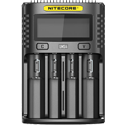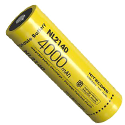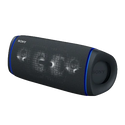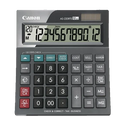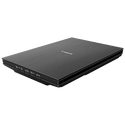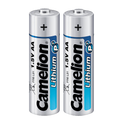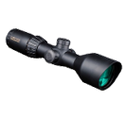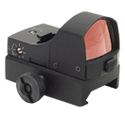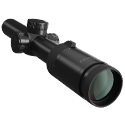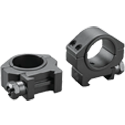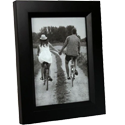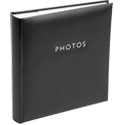Thermal Imaging Buying Guide
Key Considerations
1. Resolution
- Look for a camera with a high resolution (e.g., 320x240 or higher) for clear and detailed images.
- Consider the pixel pitch, which affects the camera's sensitivity and accuracy.
2. Sensitivity
- Check the camera's thermal sensitivity (NETD) for accurate temperature measurements.
- A lower NETD value indicates higher sensitivity.
3. Field of View (FOV)
- Choose a camera with an adjustable FOV or multiple lenses for flexibility.
- Consider the working distance and required image size.
4. Additional Features
- Image modes: Look for cameras with multiple image modes (e.g., thermal, visual, and MSX).
- Wi-Fi and Bluetooth connectivity: Enable easy data transfer and streaming.
- Battery life: Consider a camera with a long or replaceable battery life.
- Durability: Assess the camera's build quality and IP rating for harsh environments.
- Screen: A decent screen can make all the difference to your viewing experience.
5. Ergonomics
- Make sure the thermal imager's shape and size will suit your needs.
Example of lens size on image quailty:
This is an example of a 35mm lens (top) compared to a 50mm lens (bottom)—same sensor.
Example of lens size on image quailty:
This is an example of different sensor resoultions on image quailty. The Top image is lower resolution, the bottom is higher resolution.
Lens Size
In thermal imaging, the lens size refers to the diameter of the lens, which affects the camera's field of view (FOV), resolution, and sensitivity. A larger lens size generally provides:
- Wider Field of View (FOV): A larger lens captures more of the scene, allowing you to detect temperature differences over a broader area.
- Higher Resolution: A larger lens can resolve more minor temperature differences, resulting in more detailed images.
- Improved Sensitivity: A larger lens collects more infrared radiation, enhancing the camera's ability to detect subtle temperature changes.
- Improved Distance: A larger lens typically gives a higher max detection range at the cost of minimum focusing distance.
Remember, while larger lenses bring significant advantages, they also come with increased size, weight, and cost. Therefore, it's crucial to carefully balance the benefits of a larger lens with your specific needs and constraints. This will help you make informed decisions when choosing a lens size for your thermal imaging system.
Still need more help?
Our staff are experienced experts and would be more than happy to talk about options with you. Please call or email us today.
See the heat with a thermal imager!
Please view our full range of thermal imaging products. We have an extensive range of sizes and quailities available.

